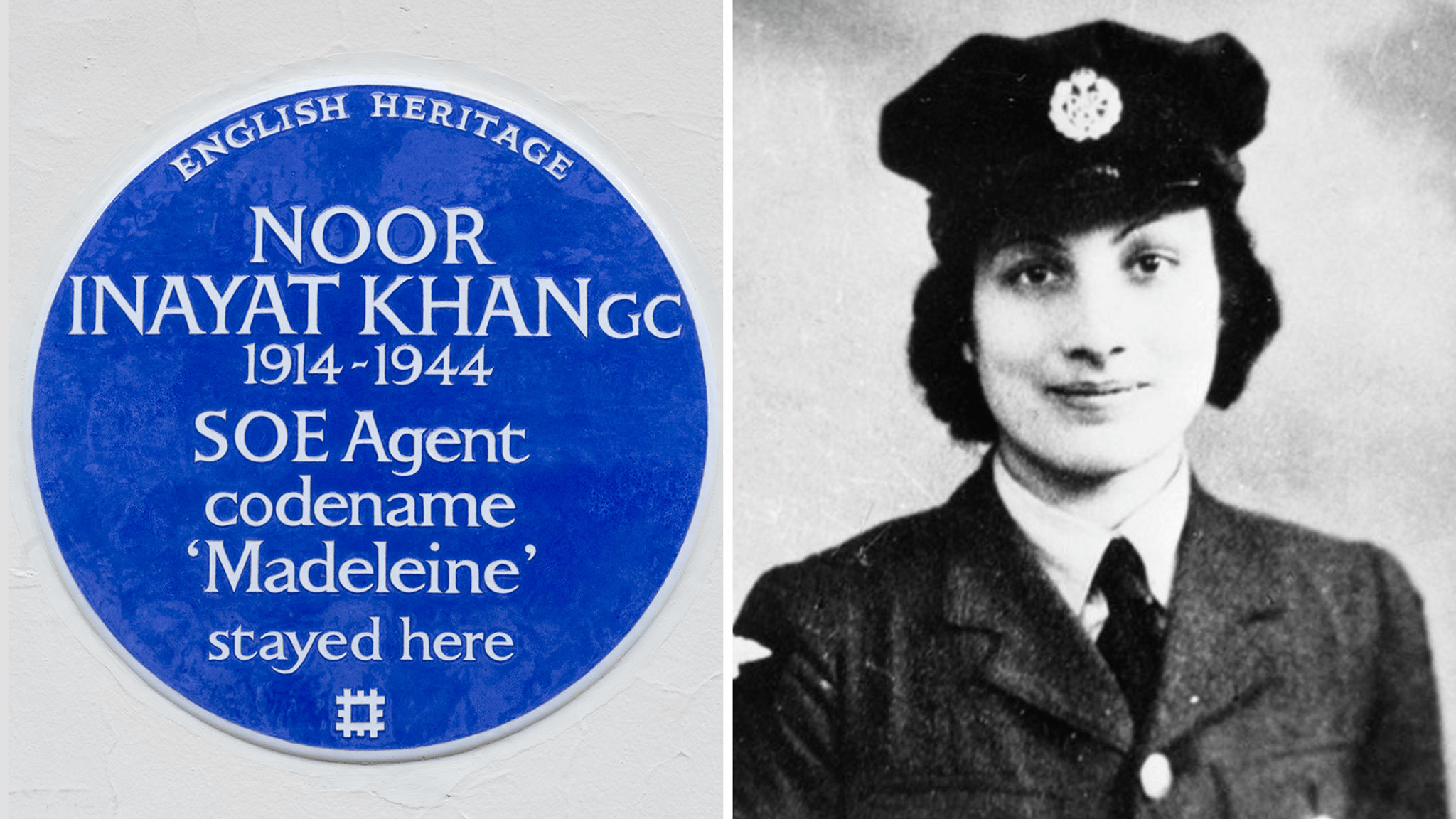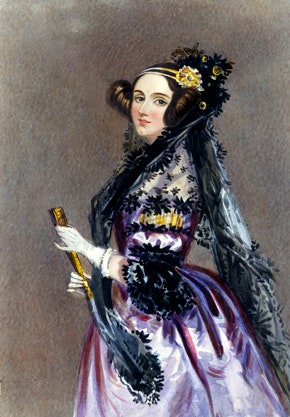Walking around UK cities you have most likely noticed the small, circular blue plaques on the front of buildings. But have you stopped to consider who they commemorate? Starting in London, and continued in other cities by various organisations, the ‘blue plaque’ schemes aim to commemorate famous people by highlighting their connection, having resided in it, to a significant building. The London scheme started in 1866 and now has over 950 plaques around the city, aiming to ‘link the people of the past with the buildings of the present’. English Heritage, who run the London scheme, state that the person must have been dead for at least 20 years and must have a significant attachment to an existing building. The scheme is based on nominations from the public, which are then considered by the organisation.
Despite the considerable number of plaques created, and the scheme’s influence on other cities across the UK, there is still a glaring gender imbalance at its centre. By 1905, there were only 5 plaques dedicated to female figures, and currently only around 14% of the existing plaques commemorate women. Anna Eavis, Curatorial Director and Secretary, says this gender imbalance reflects ‘a historic blindness to both the role women have played in our society and the types of roles deemed worthy of celebration’.
English Heritage is, however, trying to solve this problem. In 2016 they launched the ‘plaques for women’ campaign, aiming to increase nominations of famous women. This did have an impact, and 2020 saw more women shortlisted than men for the first time. Amongst these was WWII spy Noor Inayat Khan, and recognition for the National Union of Women’s Suffrage Societies and the Women’s Social and Political union. There is, however, still change which needs to happen. In 2018, English Heritage reported that over the past two years only a third of nominations were for women. As they rely on nominations from the public, English Heritage have said that in order to see a ‘significant increase’ in plaques commemorating women they ‘will need more suggestions’.
This direct appeal to the public leads us to the question: why are we suggesting considerably more men than women? Across society women are consistently under-represented, and this lack of exposure to celebrated women in everyday life creates a culture which automatically values male achievements over those of women. The inVISIBLE women association aims to address the gender representation gap in civic statues around the country, and they acknowledge how part of the reason for under-representation is due to the historic exclusion of women from fields which are traditionally celebrated. This doesn’t mean that there are less women worthy of celebrating, just that they are less visible than their male counterparts.
Some people suggest that creating a scheme of women-only plaques could provide a solution to the gender imbalance. This would ensure women are fairly represented and would perhaps widen the variety of representation, with less well-known figures having the space to be represented alongside the Virginia Woolfs and Ada Lovelaces. Alison Vale’s 2018 book ‘A Woman Lived Here: Alternative Blue Plaques’ details the forgotten women overlooked by the scheme. But should women have to create a separate space to be commemorated? By creating plaques only for women, you are setting them apart from men and creating a scheme which is automatically inferior to the iconic, nationally recognised ‘Blue Plaques’. It is also important that not only representation of women is increased, but also representation of ethinic minorities and LGBTQ representation. To stay relevant and engage a modern audience, it is the current scheme which must adapt to represent all of the British population.
While there is still a significant gender gap, the launch of ‘plaques for women’ is having a positive impact. It is important, however, that this is continued and built upon to create fairer representation within the scheme and not allow any more courageous and inspiring women to be forgotten.
Image Credit: Sky News




